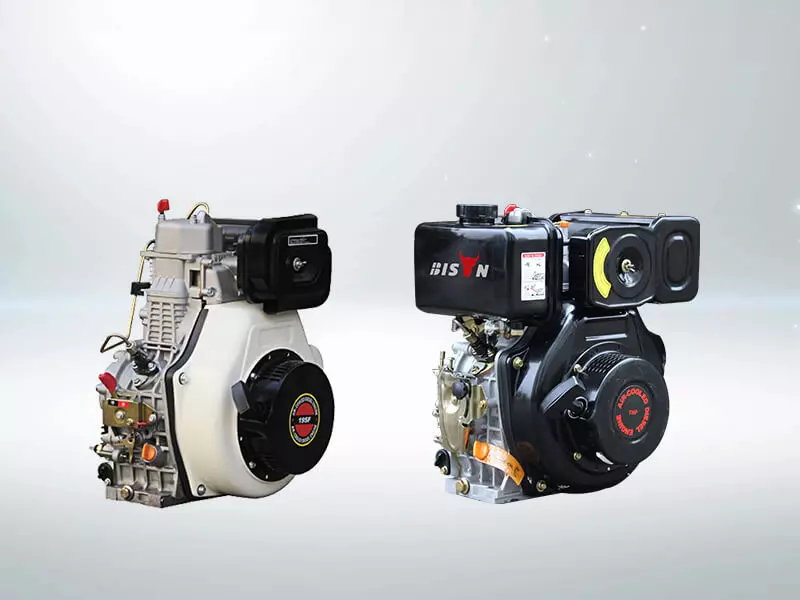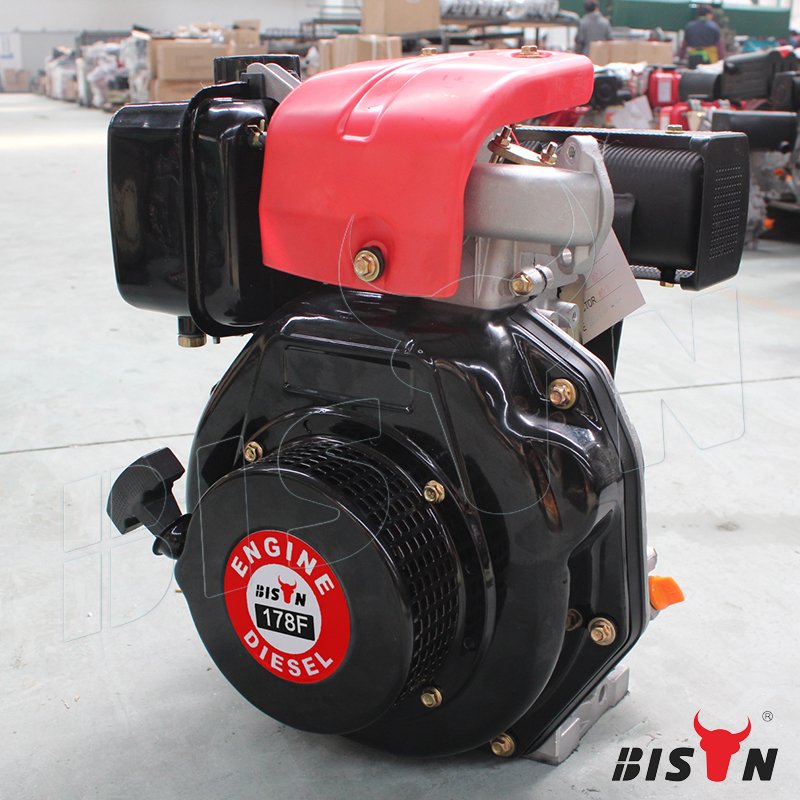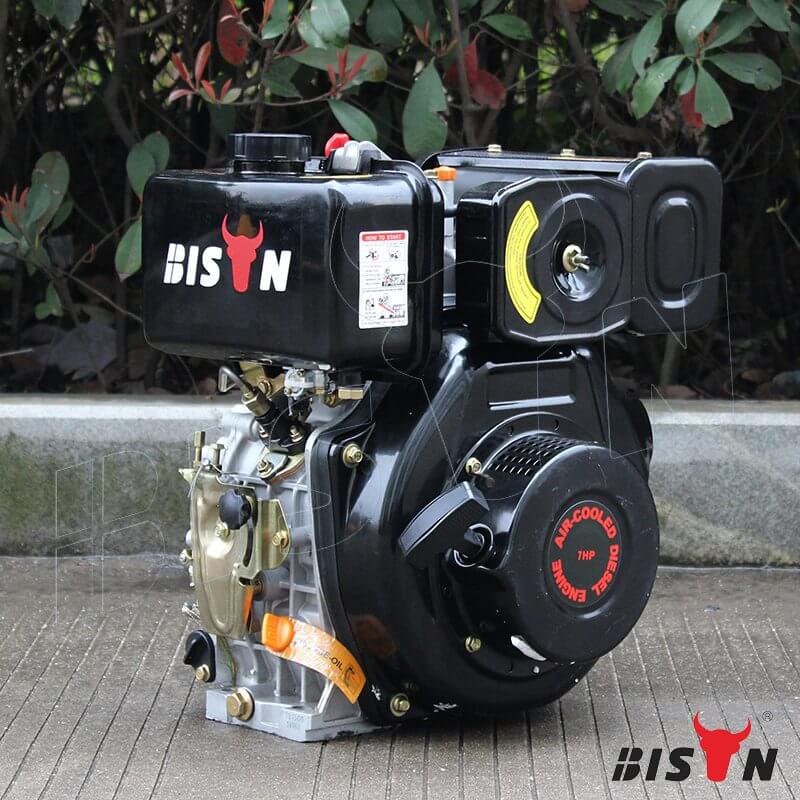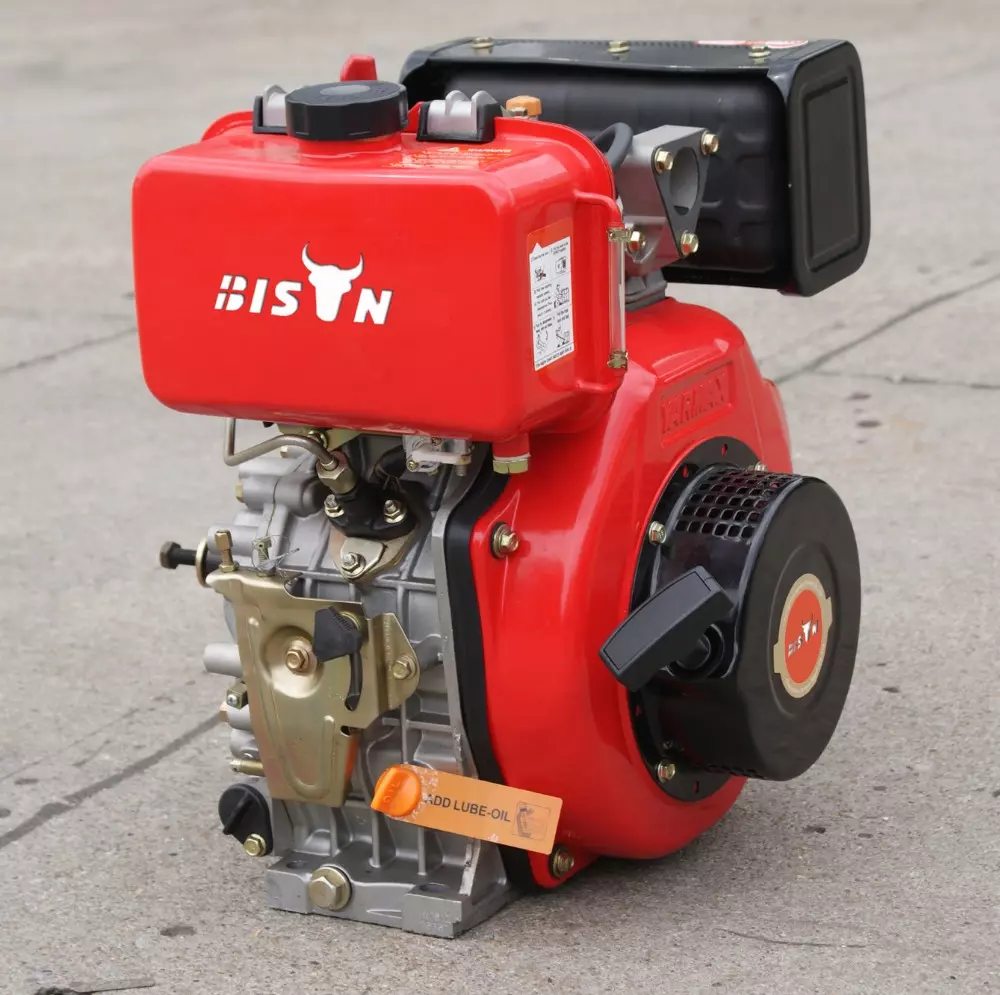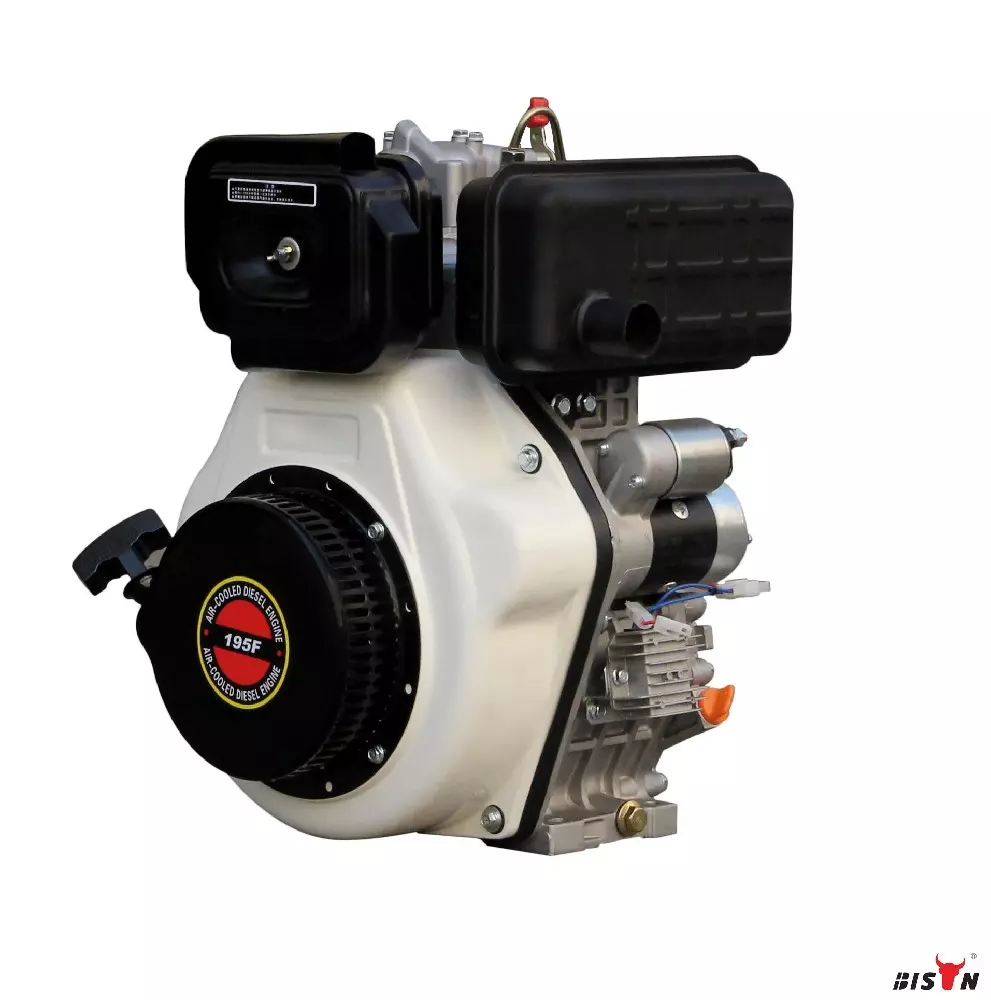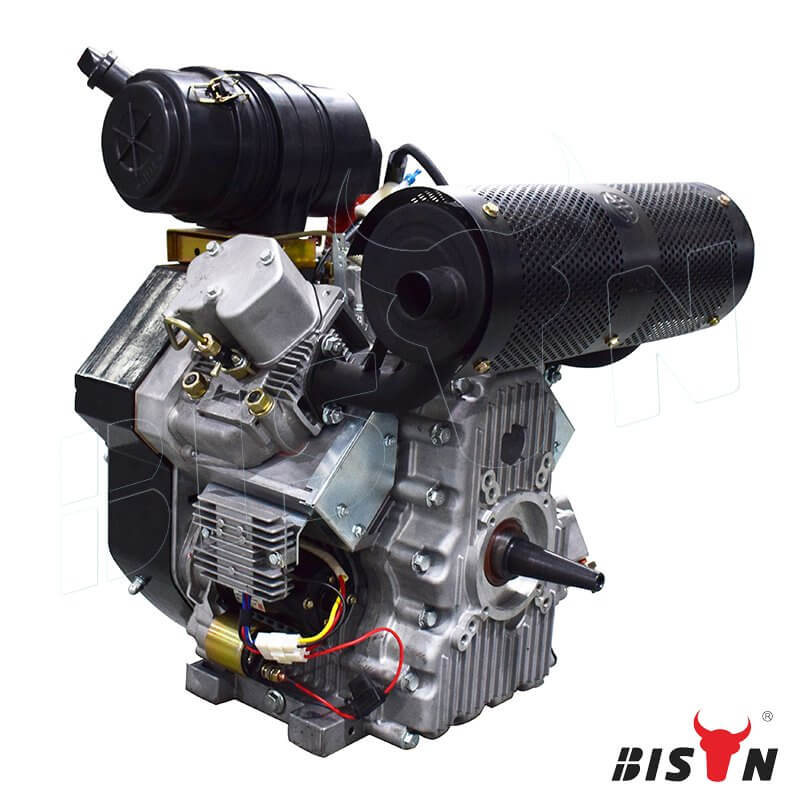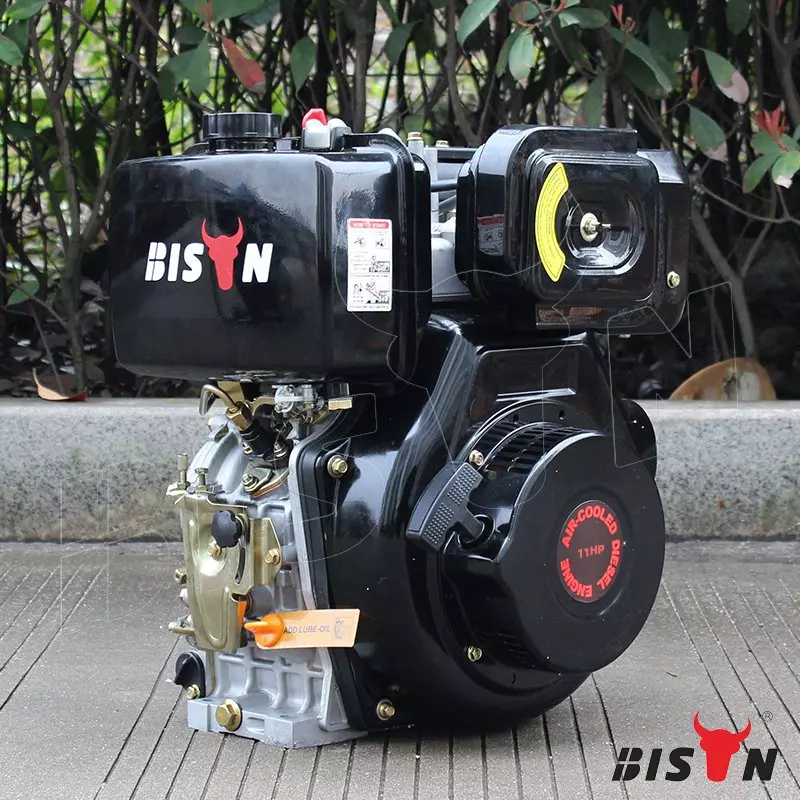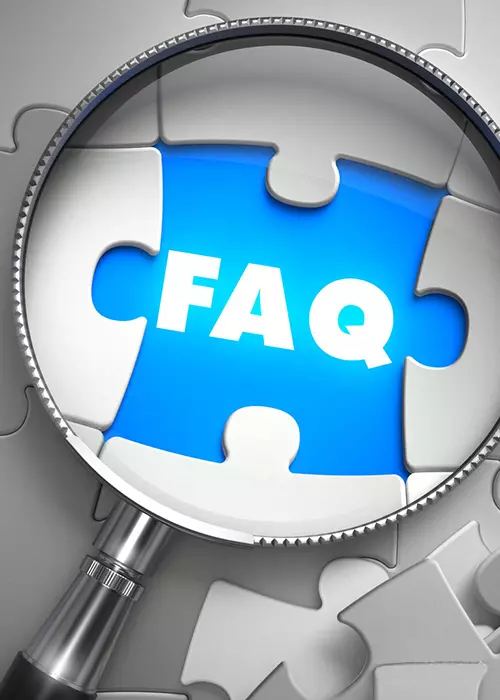Small diesel engines, like small petrol engines, are internal combustion engines that convert chemical energy into mechanical energy. This process moves a piston up and down within the cylinder, resulting in motion that can be used for different applications.
Diesel engines can provide better running performance and higher fuel economy, making them more and more popular among end users. Today, small diesel engines are widely used in generator sets, pressure washers, and some agricultural and construction applications, or as small stationary generators (such as generators on yachts).
There are currently two types of diesel engines on the market. Two-stroke diesel engine completes the power cycle with two strokes of the piston when the crankshaft rotates one revolution, while the four-stroke diesel engine completes the cycle by rotating the crankshaft in four separate strokes. The two-cylinder diesel engine is easy to install, has low fuel consumption, and achieves maximum combustion efficiency.

Small diesel engine parts
Small diesel engines are reliable. They consist of a number of components, all of which must function properly for the engine to run. A breakdown of some of these small engines' most important parts can be found below.
Fuel system
The fuel system consists of the water separator, fuel tank, fuel feed pump (low pressure), filter, high-pressure pump, fuel injector, and cylinder. Essentially, the tank stores fuel, then a low-pressure pump pulls the fuel out of the tank through a filter/water separator, which pushes the fuel through another filter. From there, fuel pressure is raised by a high-pressure pump, either the fuel injection pump or the unit injector.
Lubrication system
Lubrication systems play an essential role in small engines. It reduces wear on friction surfaces by placing an oil film between parts, reducing the power required to overcome friction and removing heat from pistons and other components in the engine. It also separates the cylinder and piston rings.
Air intake system
In this system, dust is kept out of the cylinder bores by air that passes through an air filter. Air from the air filter is compressed by the turbocharger, and air from the turbocharger is brought to the intake by the intake manifold. The camshaft regulates when the intake valve opens and closes, allowing air to enter the cylinder bore.
Exhaust system
In this system, exhaust gas passes through a diesel particulate filter, which filters solids from the exhaust gas stream. These solids or particulates are ash and carbon. Filters must undergo a periodic cleaning process called regeneration to convert carbon into carbon dioxide through exposure to high temperatures.
The gas then passes through a selective catalytic reduction system that removes nitrogen oxides with the help of diesel exhaust. There is also an exhaust gas recirculation cooler, valve, and mixer. All of these devices are designed to reduce harmful emissions.
Cooling system
The cooling system helps maintain the proper engine temperature, so everything works properly. It keeps oil and engine components at the right temperature, which helps protect cylinder heads, cylinders, valves, and pistons. Small diesel engines have two different cooling types: air and water.
start system
The recoil starter drives the flywheel to rotate, and the flywheel drives the crankshaft to rotate. This is what causes the piston to move in the cylinder. The piston compresses the air in the cylinder to generate heat, which ignites the fuel injected into the cylinder.
Advantages of small diesel engines
Better fuel economy
Due to two factors, a small diesel engine is more fuel-efficient and provides better fuel economy than a small petrol engine. The first is that it produces more power with less fuel thanks to its higher compression rating. The second is that it burns diesel fuel, which, due to its longer carbon chain than gasoline, has a higher energy density.
No spark plugs
Remember, small diesel engines use compressed air to ignite the diesel fuel. Not having a spark plug provides a more specific benefit. These include reducing the incidence of possible electrical failures, reducing maintenance costs by not requiring ignition adjustments and replacements, improving reliability, and extending engine life.
Relatively cheap fuel
Diesel fuel provides another advantage to diesel engines over small petrol engines. Diesel fuel is about 15% to 20% cheaper than petrol. It's worth explaining further that diesel is heavier and less volatile than petrol, making it easier to refine.
Better torque
Small diesel engines provide better torque to the driveshaft than most small petrol engines. Features like slow fuel burn and high compression produce more torque.
Disadvantages of small diesel engines
Higher upfront costs
Products running on small diesel engines, especially those with modern engine designs or turbocharging features, have a higher entry fee. Note that this is due to changes in supply and demand factors, not manufacturing costs or related technology development costs. BISON's small diesel engines are affordable and cost-effective.
Repair costs are higher
Another disadvantage of small diesel engines is that while they are more durable and reliable than petrol engines, failure to keep up with regular maintenance schedules can lead to mechanical failure. Note that repairing this engine is more expensive as it is more technically and mechanically complex. Additionally, maintenance costs increase with each service.
Cold climate performance
Poor performance in cold weather is another disadvantage of small diesel engines. During low temperatures, diesel fuel tends to gel. More specifically, below 40 degrees Fahrenheit, certain hydrocarbons in diesel can become gelatinous. BISON install engine block heaters, glow plugs or keep the engine running in cold weather.
BISON has been producing high-performance diesel engines for many years. Professionals in each of our departments, basic research, development, production and after-sales support, are looking for processes to maximize customer value. We promise to provide diesel engines that meet your requirements under excellent quality control.
BISON provides a large number of original, aftermarket and remanufactured parts for various popular diesel engines to help you handle any diesel generator maintenance work. We have our own diesel engine production workshop, follow strict manufacturing processes, and continuously control the quality of our products.
In addition, we also provide water-cooled diesel engines. For our single-cylinder diesel engine built with direct injection technology, it can be started quickly and easily with just one pull.
